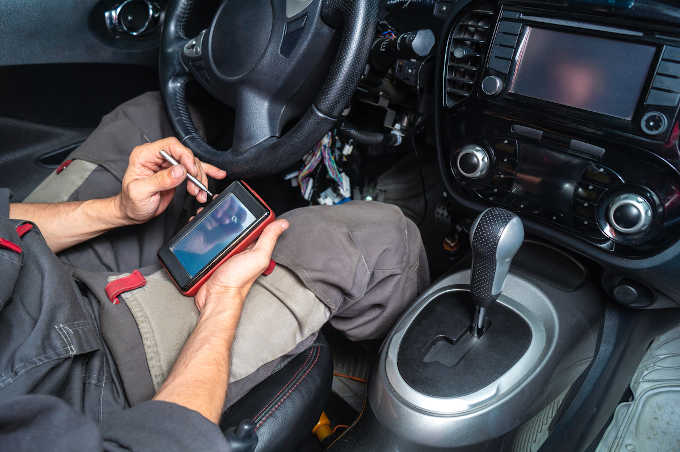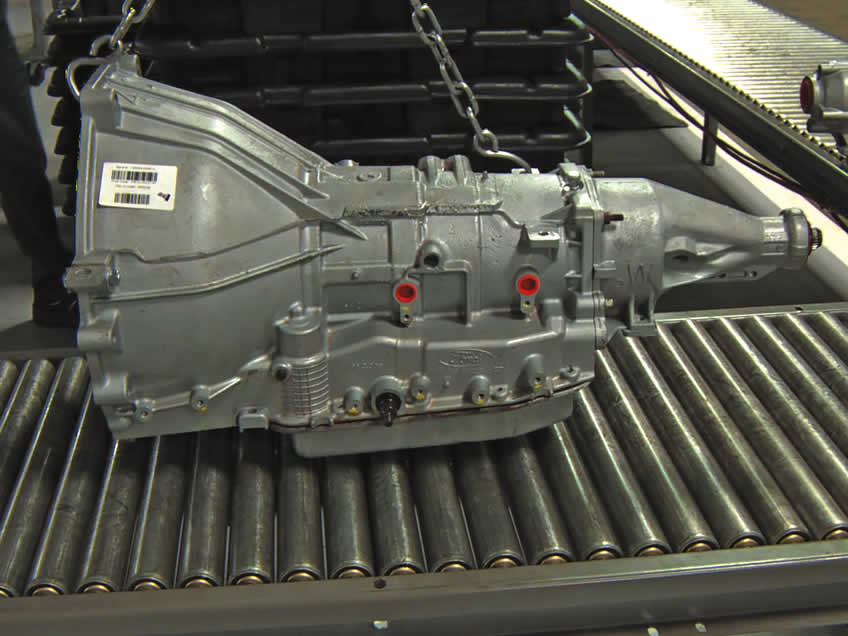One of the essential pieces of machinery in your vehicle is your transmission. This complex and advanced set of gears, hydraulics, and discs are responsible for helping ensure that your car accelerates and decelerates smoothly.
In most modern vehicles, automatic transmissions are installed to help provide seamless movement between gears at different speeds while driving. With an automatic transmission system, countless electronic sensors monitor the transmission unit’s status. Should something unexpected occur, the sensor will alert the driver that something is wrong.
The sudden appearance of a transmission warning light or error code can be alarming. However, knowing how to read these codes and what steps to take can take the stress out of unexpected situations. Read on to learn more about standard transmission error codes.
Why You Should Never Ignore Your "Check Engine Light"
As a driver, you have likely experienced that moment when - DING! - a yellow-orange engine light appears on your dashboard. Known as the International Check Engine Symbol, this light is an automatic notification that something has occurred that the vehicle's computer system knows is wrong.
Your vehicle comes equipped with an Onboard Diagnostic System (OBD II) that monitors your car's systems while you drive. Should something abnormal occur, the OBD II will attempt to match the event to its database of possible problems and create an error code that can be read using a scanner.
Often, your vehicle will continue operating normally with the Check Engine Light lit up. However, you should never ignore this light. The problem your Check Engine Light is referring to could be caused by many different things, from something as simple as a loose gas cap to more complicated issues like fuel and air metering systems problems.
If your Check Engine Light appears and stays on steadily, it generally means your vehicle is safe to drive, but it should be taken to a repair facility soon. If the symbol is blinking or flashing, this is indicative of a more serious problem. In this case, if you are driving, pull over to a safe location, shut off the engine, and have the car towed to a repair facility for diagnosis.
No matter what is causing your Check Engine Light to come on, don’t wait to address it. In many cases, what may have been an inexpensive fix if addressed right away becomes a more serious and expensive repair when left ignored. Whenever the Check Engine Light pops up, you should immediately complete a diagnostic check.
Learn The Common OBD II Codes
A quick stop by an auto parts store or a mechanic's shop can give you a reading of any OBD II codes. However, you can quickly learn how to read many of the most common codes yourself — saving you time, money, and a potentially dangerous trip to get the vehicle checked out.
By purchasing an OBD II scanner, you can plug in the device to your vehicle's OBD port (typically located near the pedals or steering wheel) and receive the error code the system is producing.
Every scanner reading will produce a code that consists of four sections made up of numbers and letters. Learning what each section means and the corresponding error code can help you understand what the problem is.
Each vehicle will come pre-loaded with standard (global) vehicle error codes, as well as manufacturer-specific codes. Knowing the difference between each can aid you in quickly identifying any specific issues.
The Most Common Transmission Error Codes
Here is a shortlist of the most common transmission error codes. Keeping this list handy will let you know the potential issue with your transmission and how you can speak with a certified transmission mechanic to fix the problem quickly.
P0218: Transmission Over-temperature Condition
Simply put, this code is a surefire sign that your transmission is overheating.
P0613 & P0614 : TCM or ECM/TCM Errors
These codes let you know that the TCM and ECM systems are either not working correctly or are not efficiently communicating with one another. You can work with a certified mechanic to diagnose and fix the issue.
P0700: Transmission Control System Malfunction
Another informational code, this reading tells you that there is a problem with the TCM sending the proper electronic signals.
P0706: Transmission Range Sensor Circuit Range & Performance
This error pertains to the transmission range sensor. If the sensor is not working correctly, you will find that you have trouble with your vehicle starting. This sensor makes sure that the vehicle knows you are in neutral or park to allow ignition.
P0715: Malfunction in Input/Turbine Speed Sensor Circuit
If your Input/Turbine Speed Sensor Circuit feeds back an error, it may point to a problem with your transmission's inability to correctly read the gear that the transmission control module "thinks" it should be located in. This can lead to a "limp" or "delay" in your vehicle's shifting.
P0720: Malfunction in the Output Speed Sensor Circuit
If your output or input shaft is not moving at the right speed, then the speedometer will not read at an accurate rate.
P0729-P0736: Gear Ratio Errors
This code may relate to many different gear issues, so it is vital to quickly visit a mechanic to nail down the specific gear issue. This error may appear when gears aren't shifting at the proper speed or when there is not adequate transmission fluid to move gears quickly.
P0750-P0770: Shift Solenoid Failure
When your solenoids fail, your transmission may not receive the proper signals to allow fluid to move between hydraulic systems and shift gears.
Learn The Common Codes & Care For Your Car
By growing in your knowledge of the common transmission error codes — as well as the codes for other vehicle systems — you can help increase the life of your vehicle and prevent costly damages or failure.
Any time you notice a warning light, it is imperative that you visit your local, certified mechanic to diagnose and address the real issue. Building your knowledge of your OBD II error code readings will ensure you drive responsibly with peace of mind.










